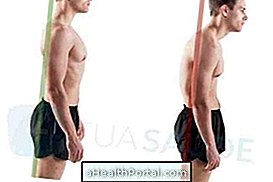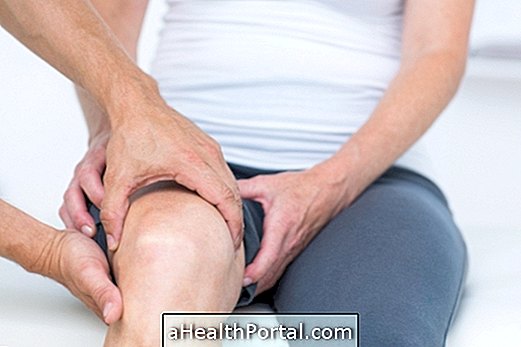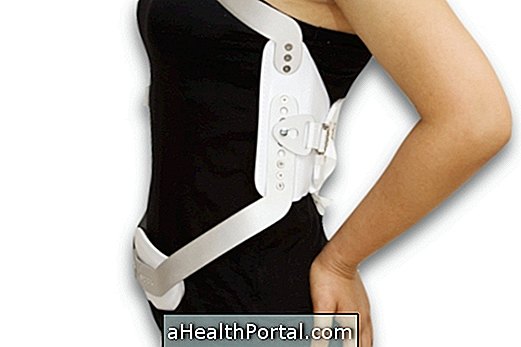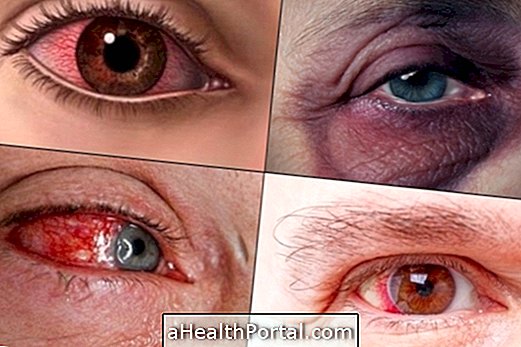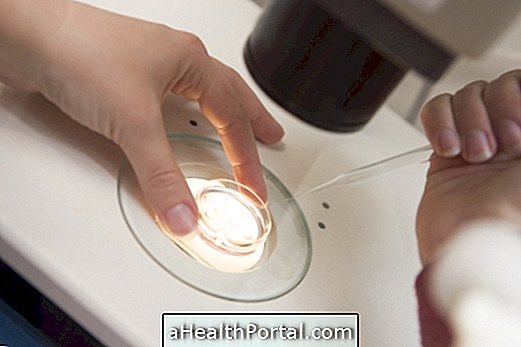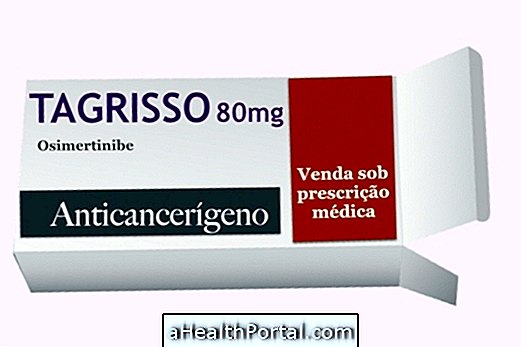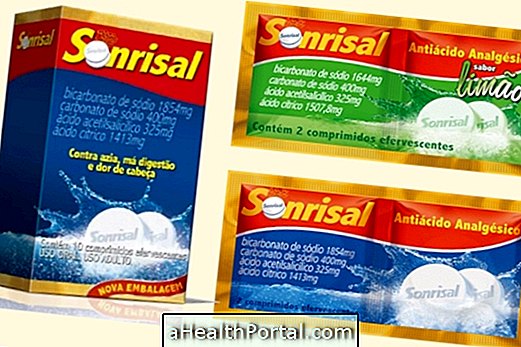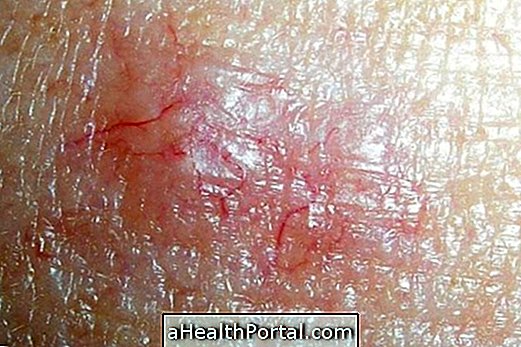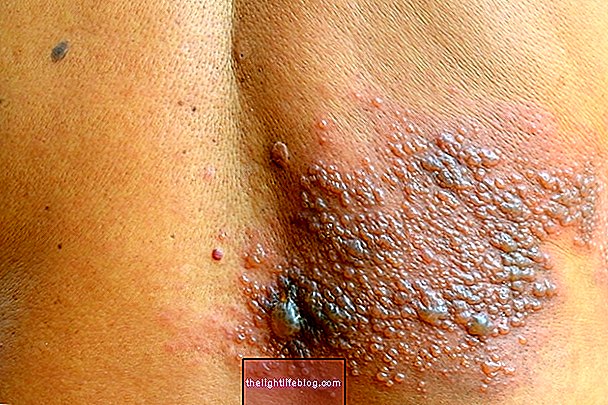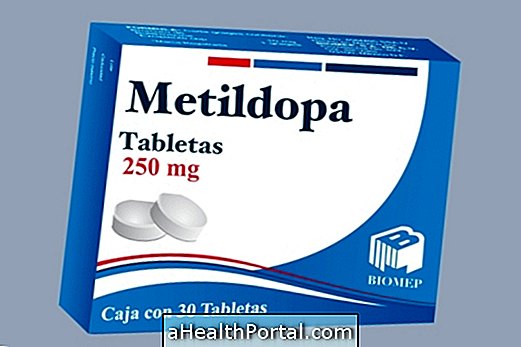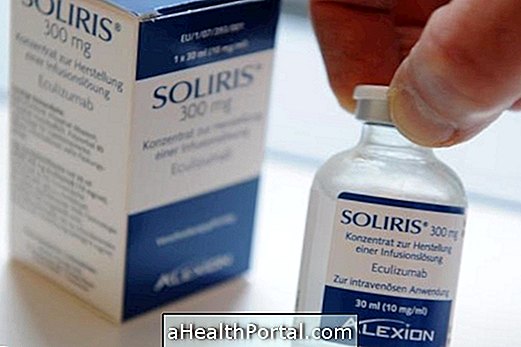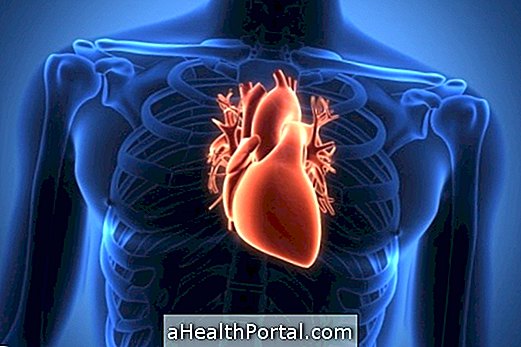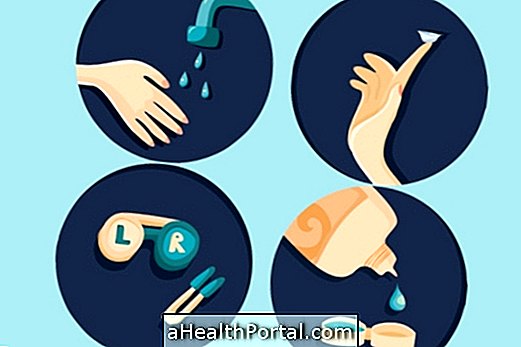Osteoarthritis consists of wear and tear of the joints, causing symptoms such as swelling, pain and stiffness in the joints and difficulty in performing some movements. The acromion-clavicular arthrosis is called the wear of the joint between the clavicle and a bone called acromion.
This wear and tear on the joint is more frequent in athletes, bodybuilders and workers who use their arms extensively and can cause pain and difficulty in movement.
Treatment usually consists of physical therapy sessions, analgesic and anti-inflammatory drugs, and in more severe cases surgery may be necessary.
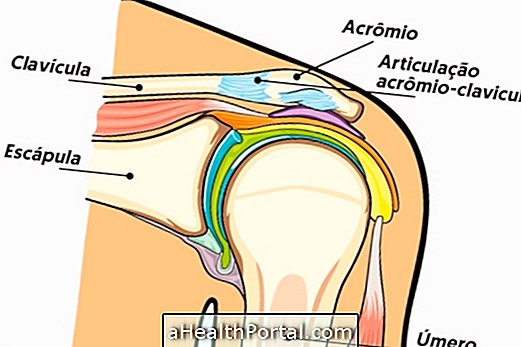
Possible causes
Generally, clavicular acromial arthrosis is caused by an inflammatory process that can occur due to an overload of the joint, and that leads to wear and tear on the joint, causing pain when performing some movements.
This problem is more common in people who lift weights, athletes who play sports in which it is necessary to perform several movements with the arms, such as swimming or tennis, for example, and in people who work daily by straining their arms.
What are the signs and symptoms
Most of the time, people who suffer from clavicular acromion arthrosis experience pains on the palpation of this joint, pain in the upper part of the shoulder or when rotating or raising the arm during regular daily activities.
What is the diagnosis
The diagnosis of the disease consists of performing a physical examination, radiographs and magnetic resonance imaging, which allows a more accurate assessment of joint wear and observe lesions that may have occurred as a result of arthrosis.
How is the treatment done?
The acromion-clavicular arthrosis has no cure but has treatment that can greatly improve the symptoms and that can be carried out with physiotherapy and with analgesic and anti-inflammatory medicines until symptoms improve. In addition, exercises that cause joint wear should be reduced and replaced with exercises that strengthen the shoulder region.
If physiotherapy and new exercises are not sufficient to improve the situation, corticoid infiltration of the joint may be necessary to reduce inflammation.
In more severe cases, surgery called a shoulder arthroscopy may be necessary. After surgery, the limb should be immobilized for about 2 to 3 weeks and after this period it is advisable to perform rehabilitation physiotherapy. See how this surgery is performed and what the risks are.


